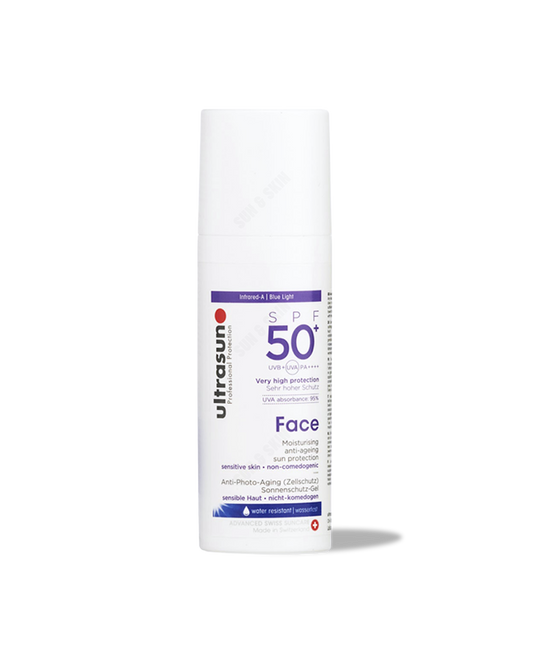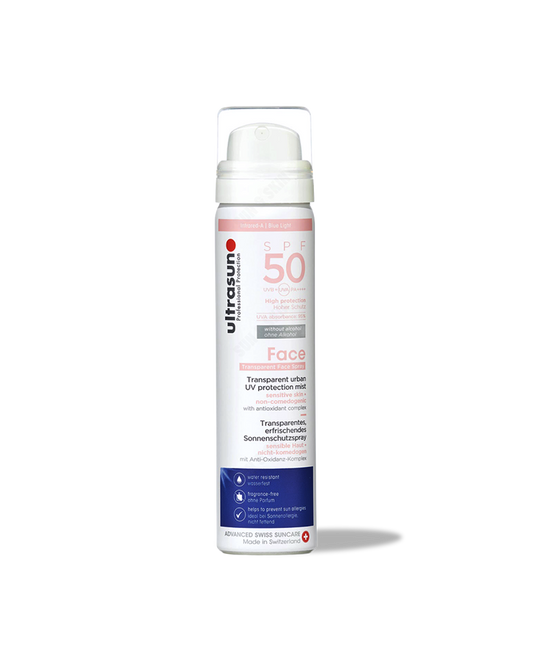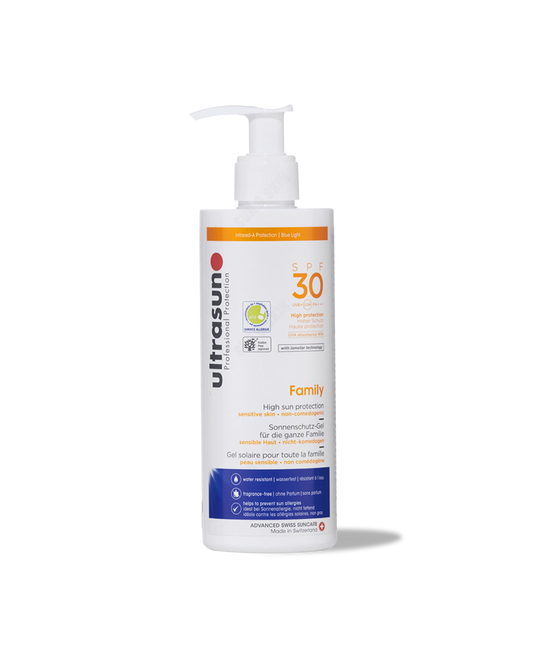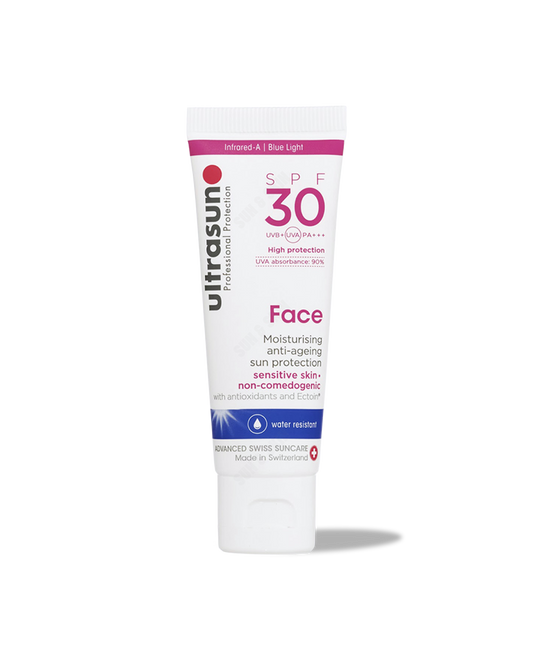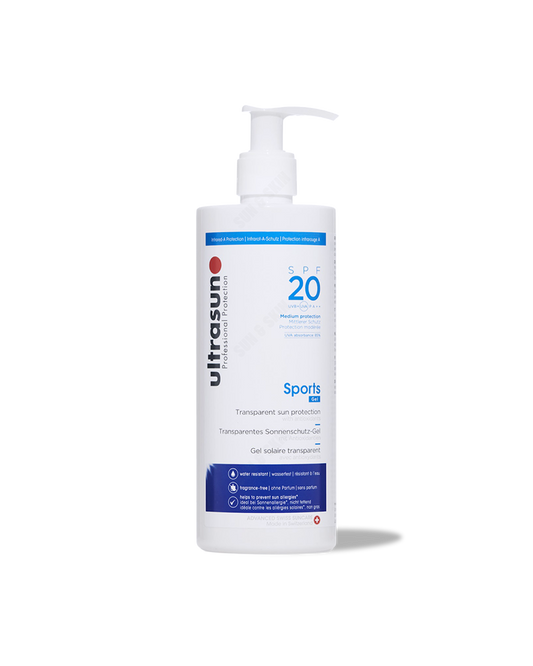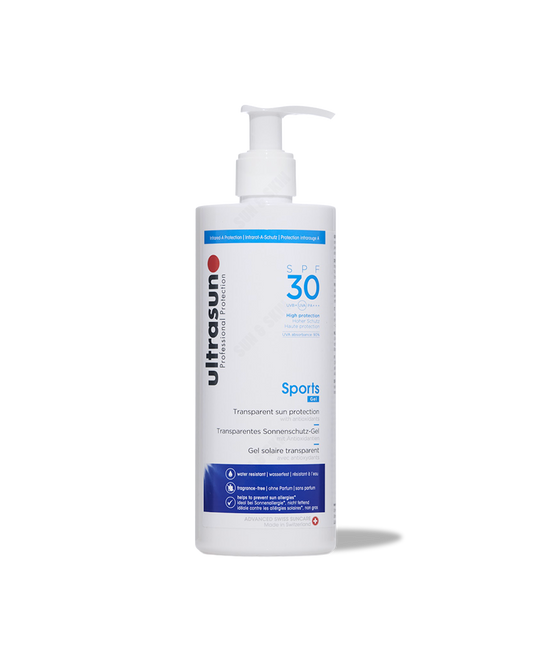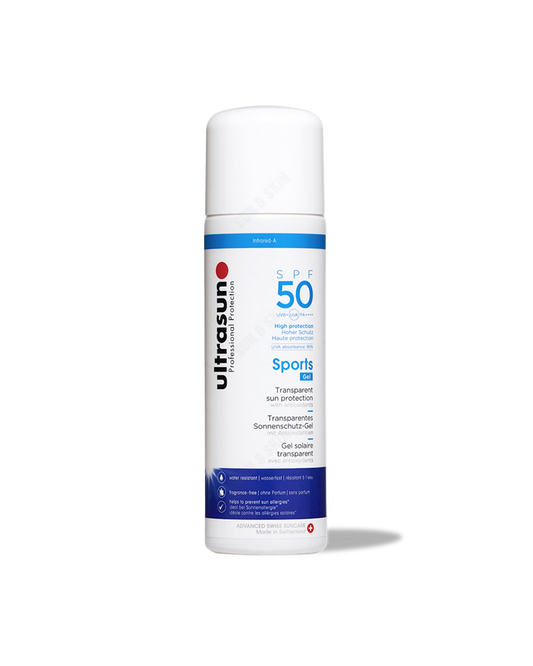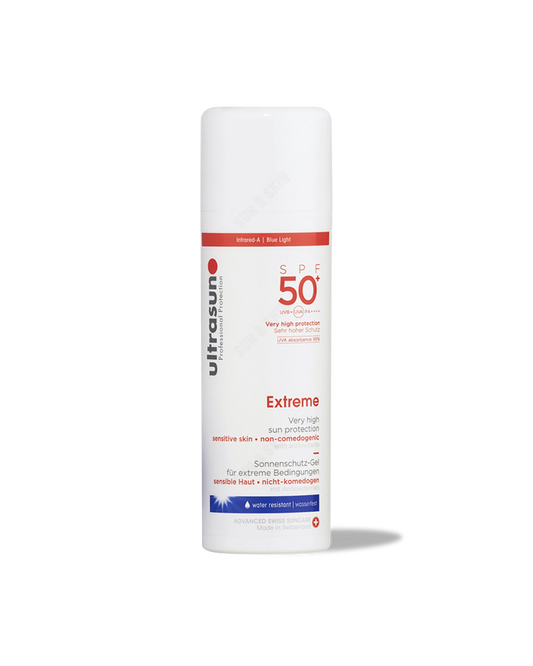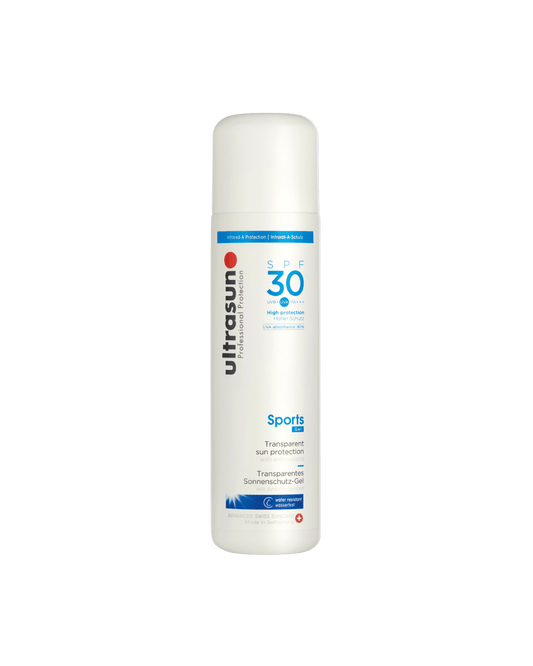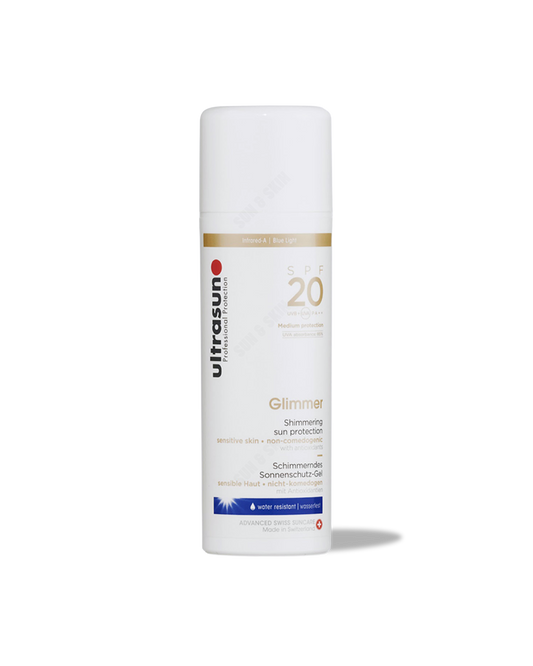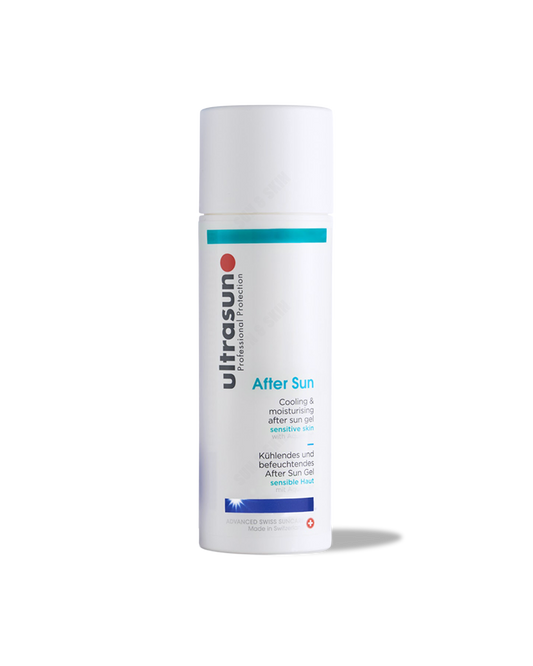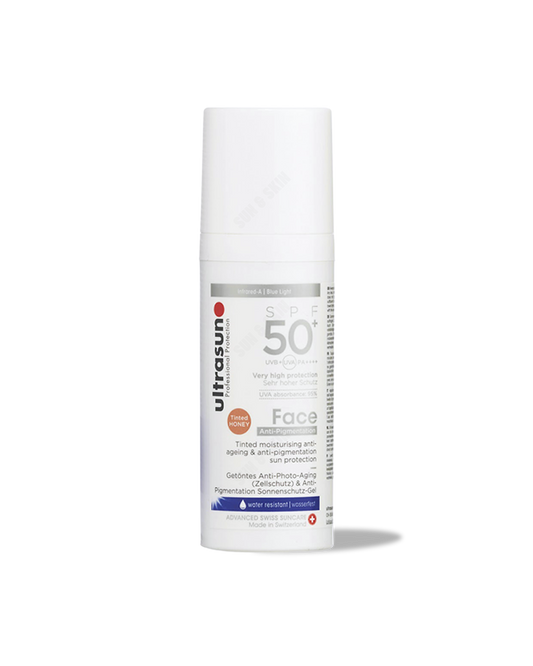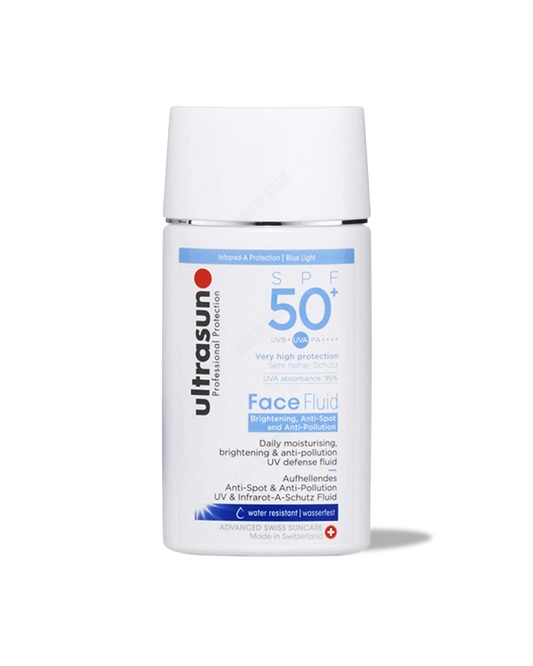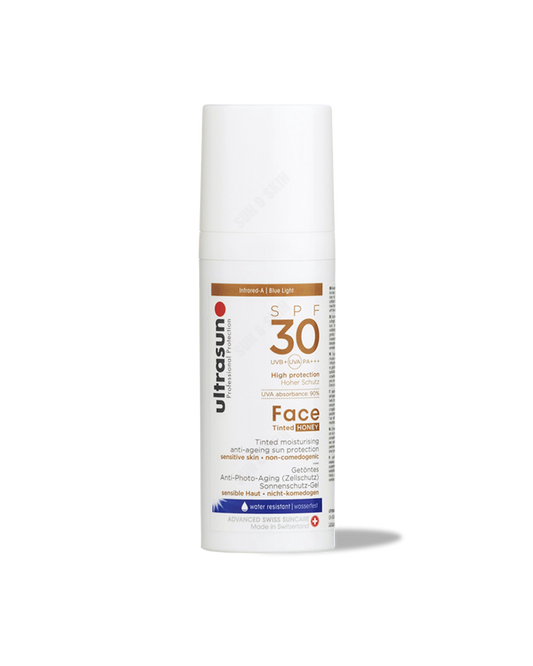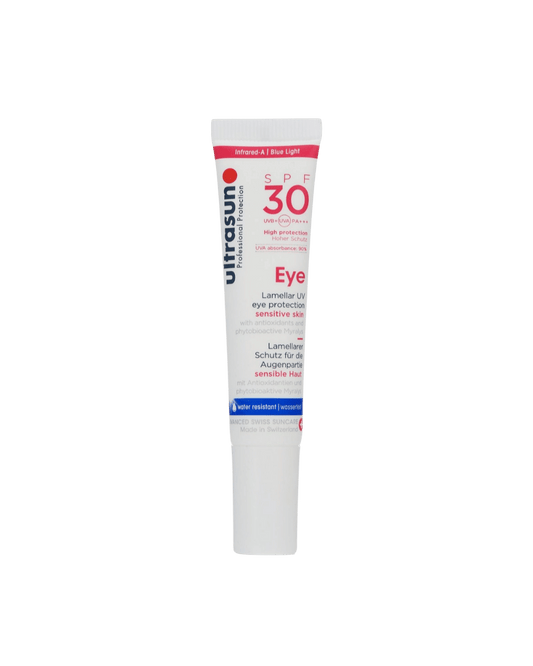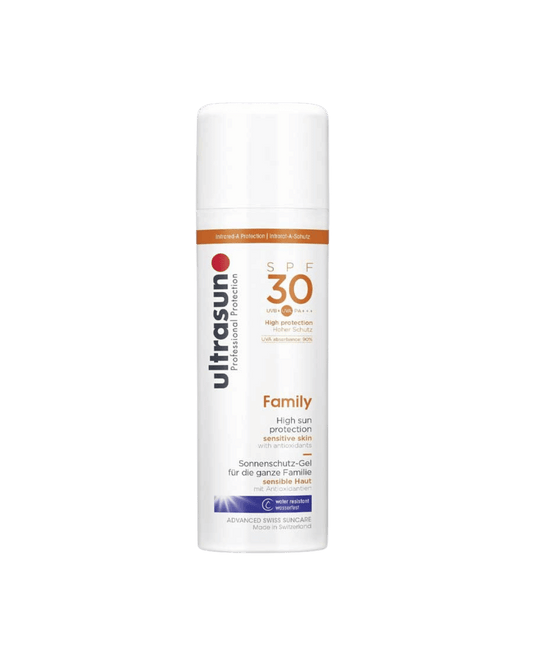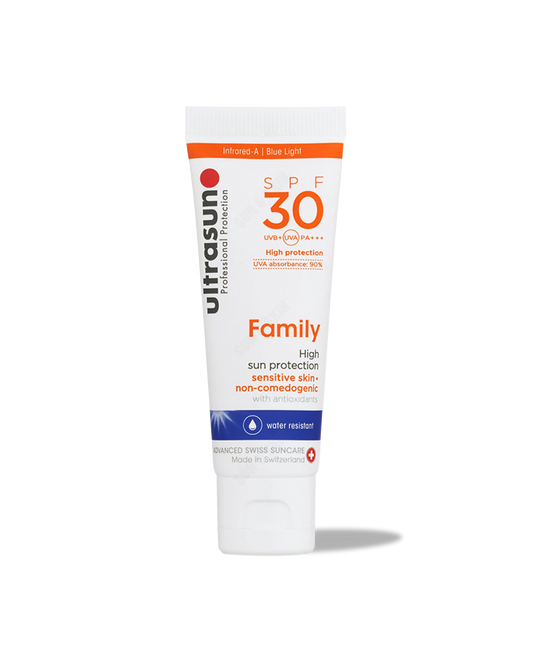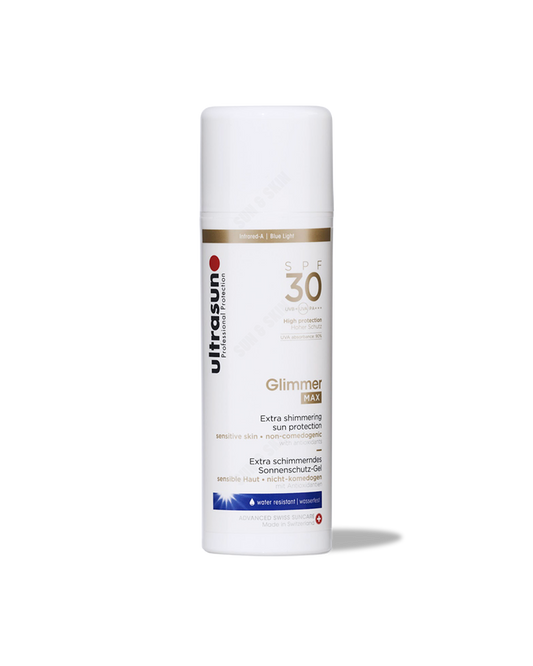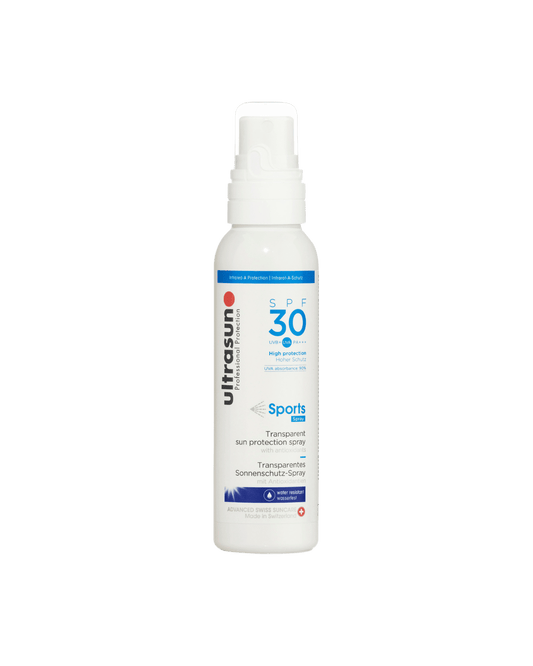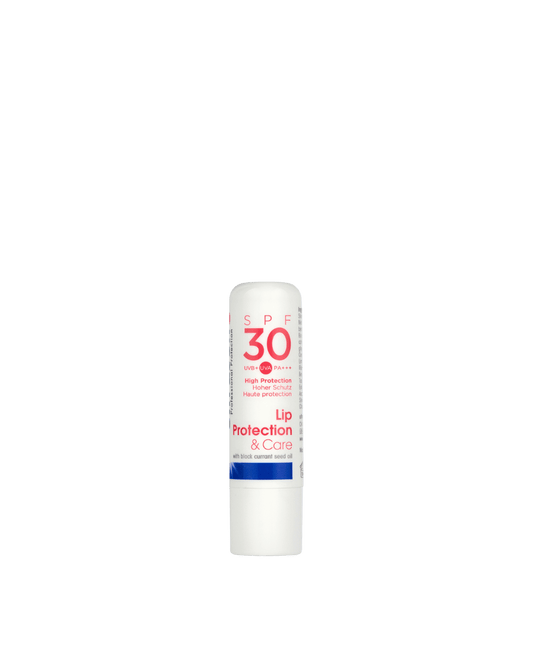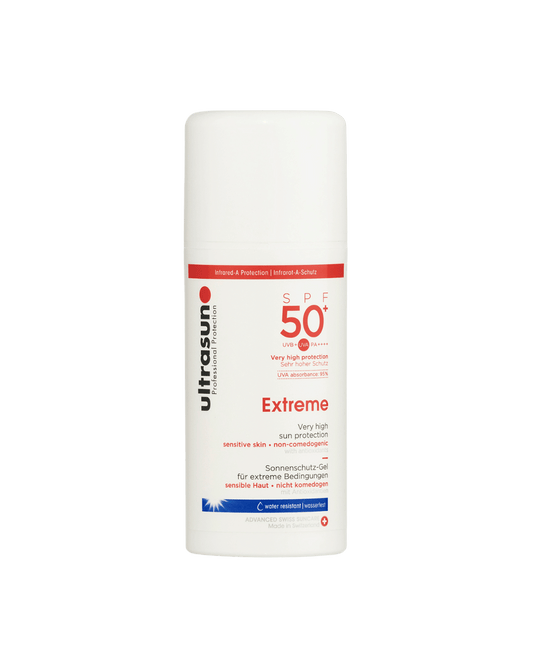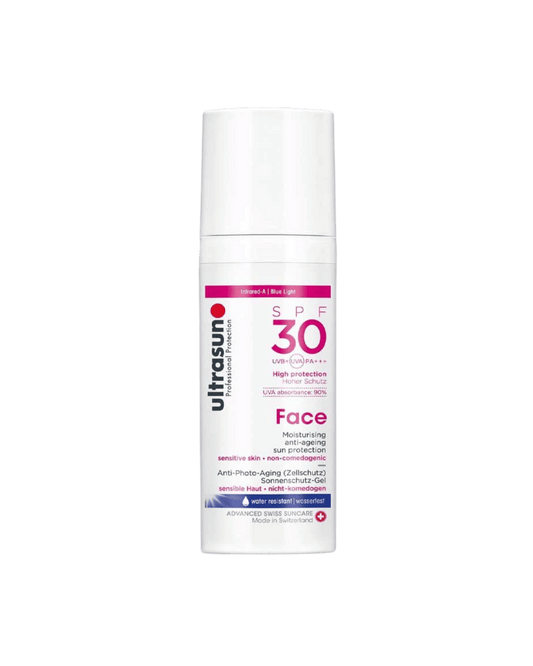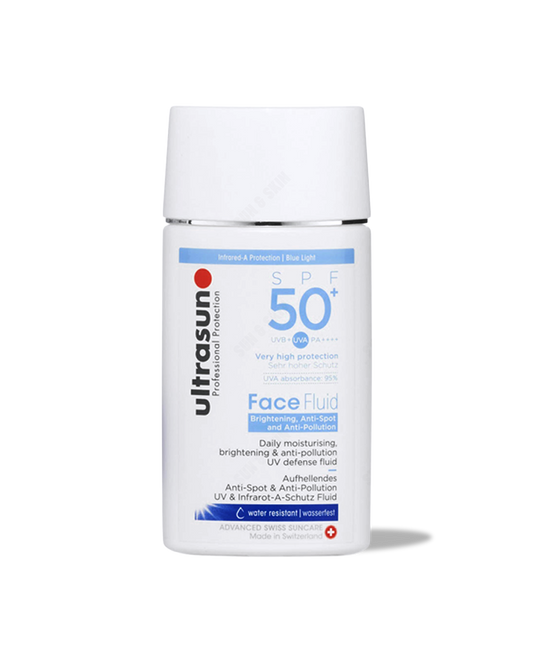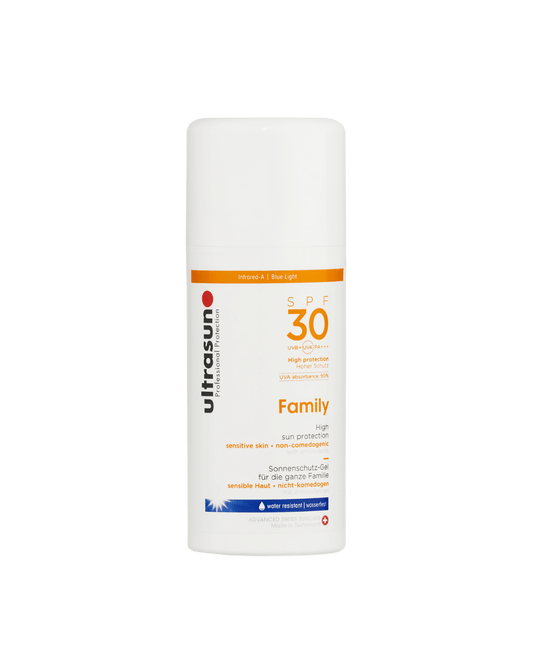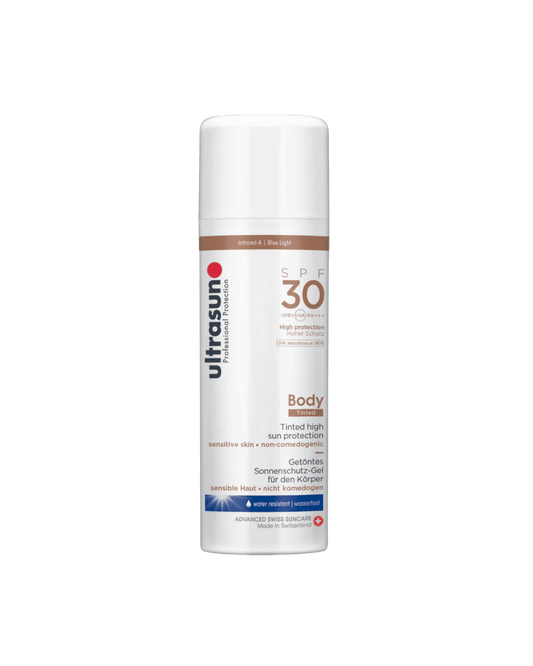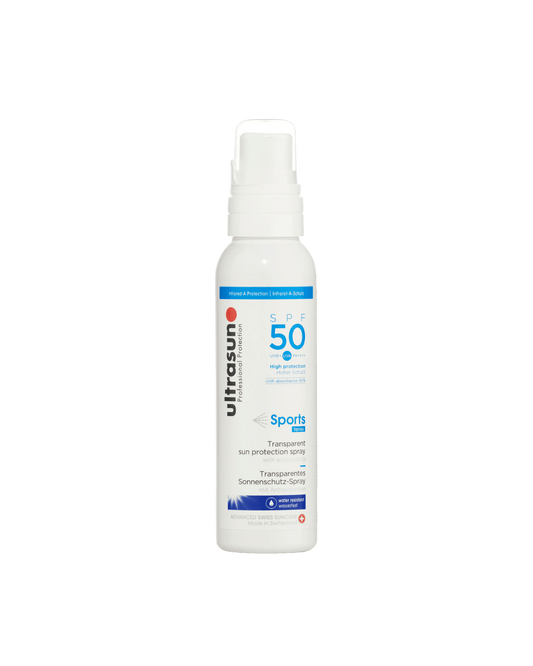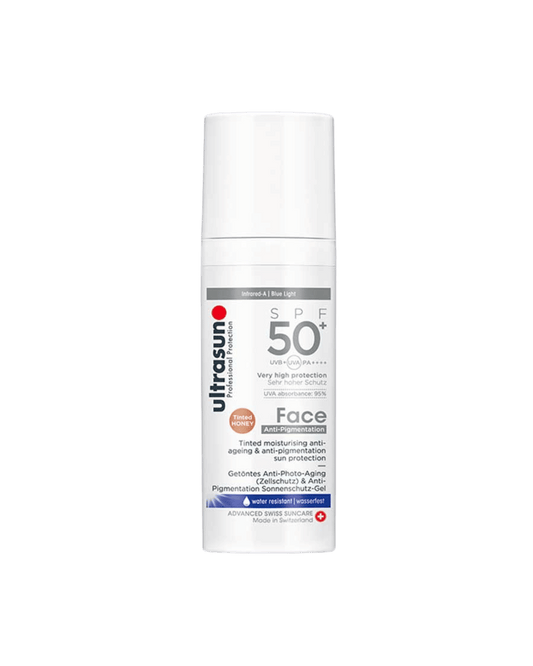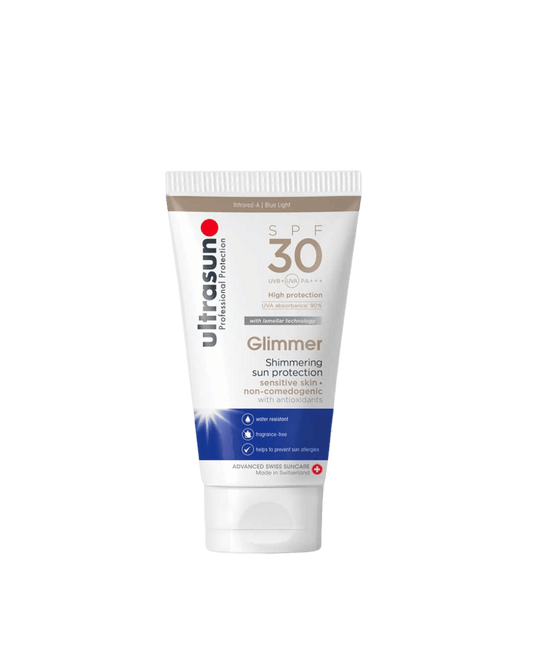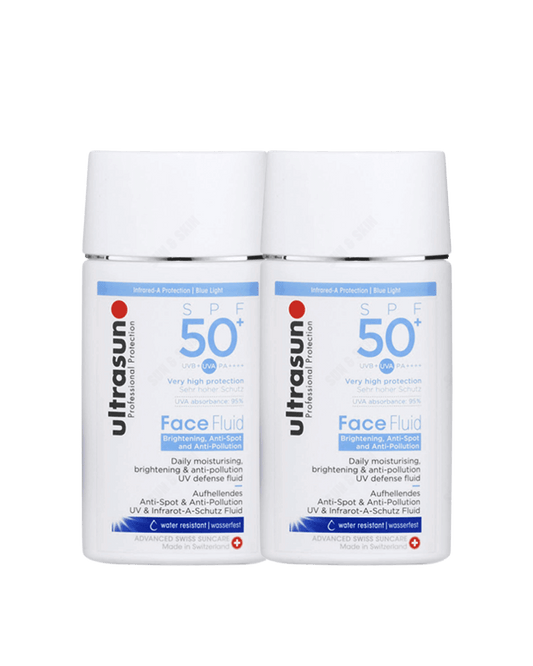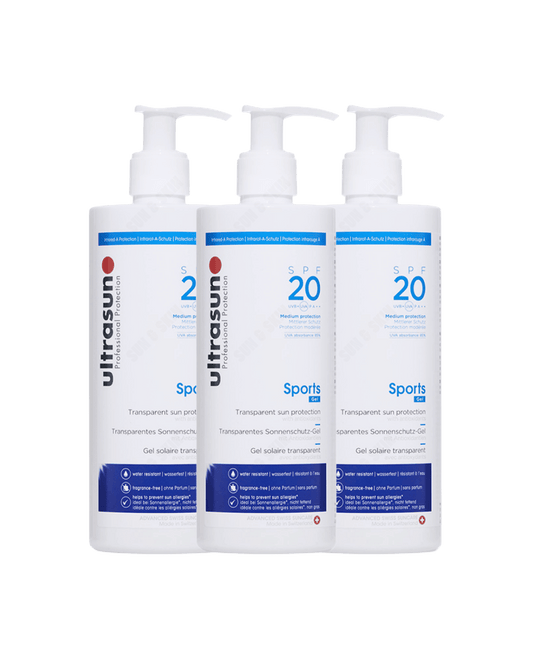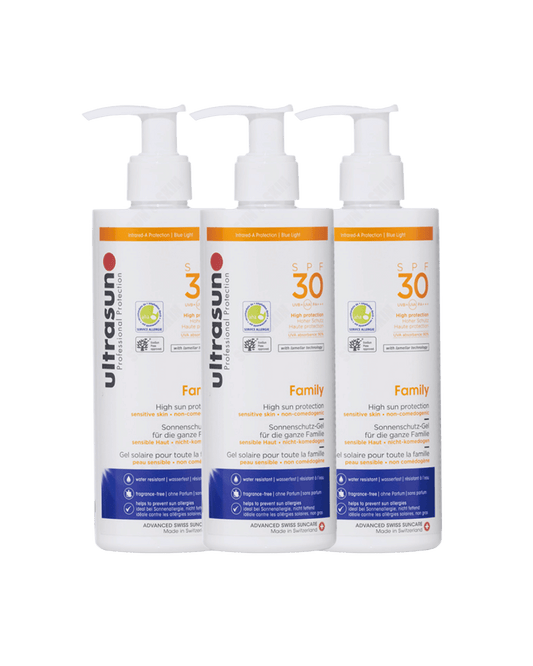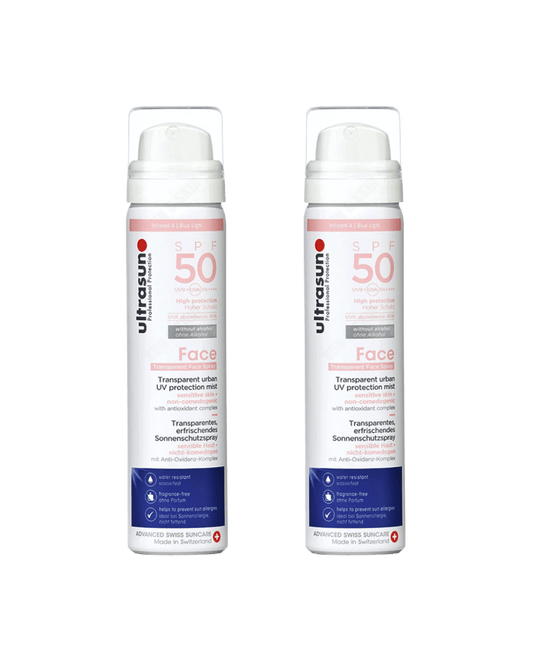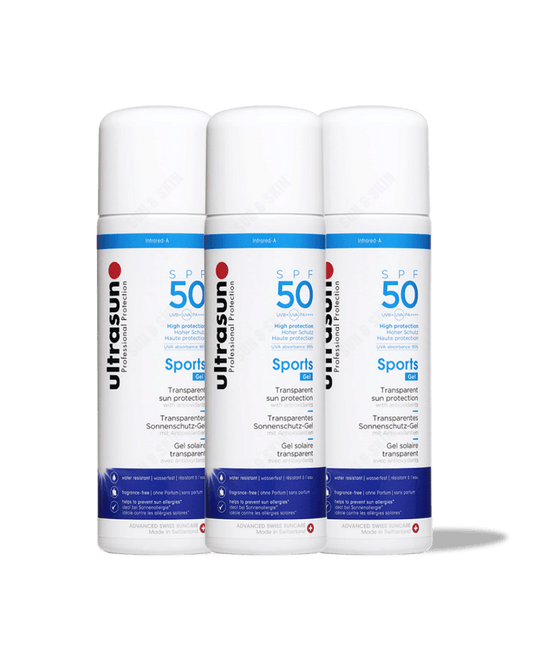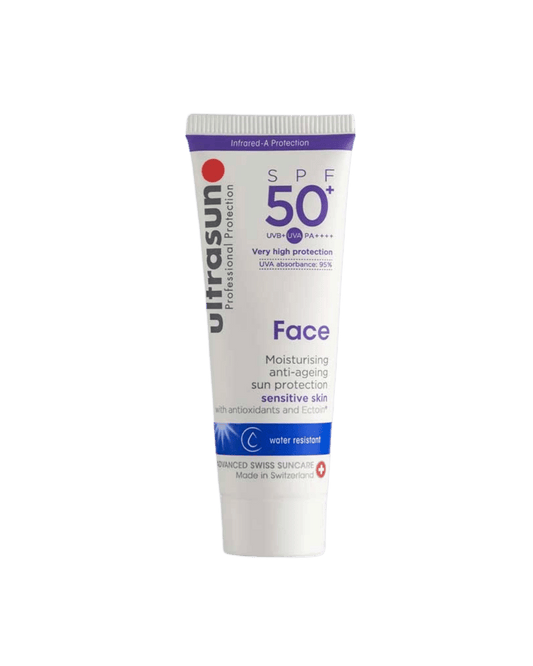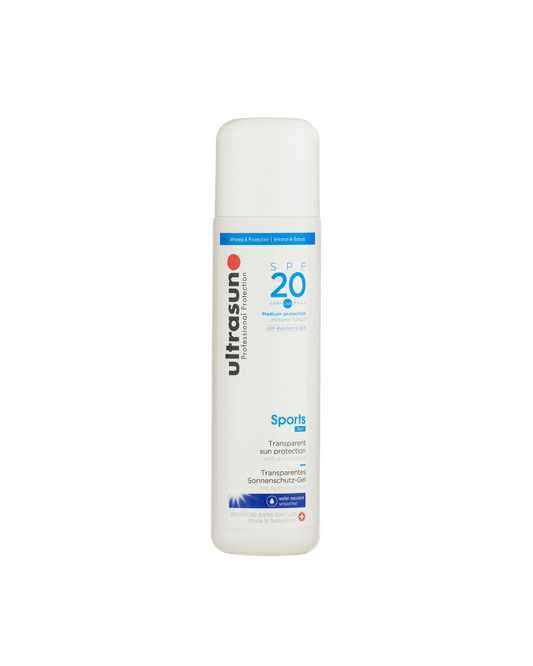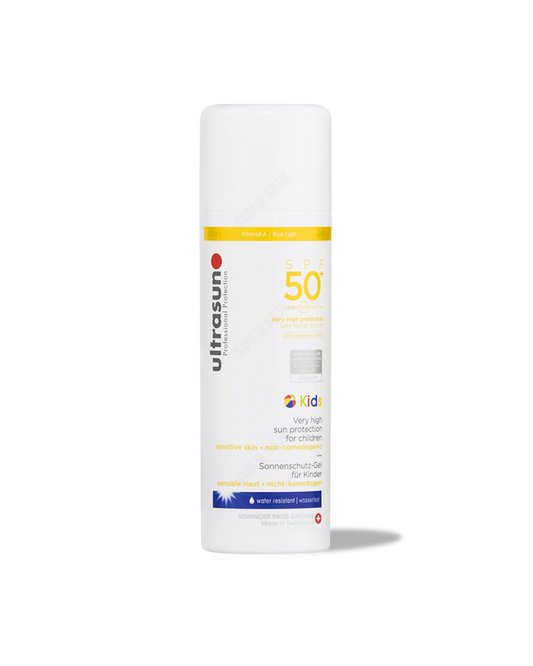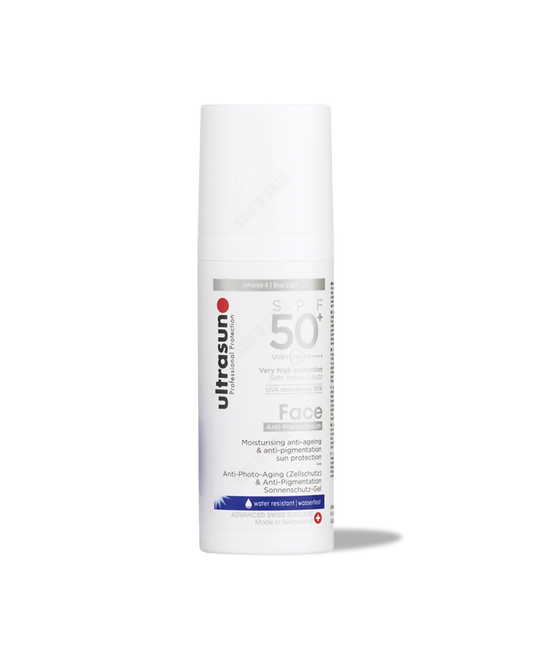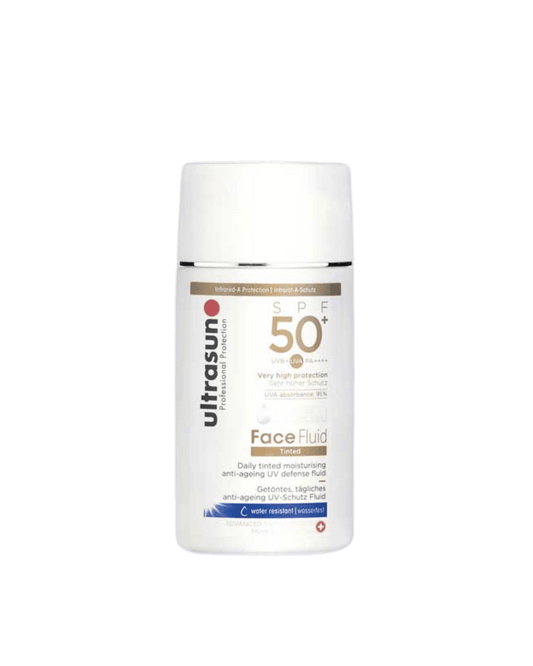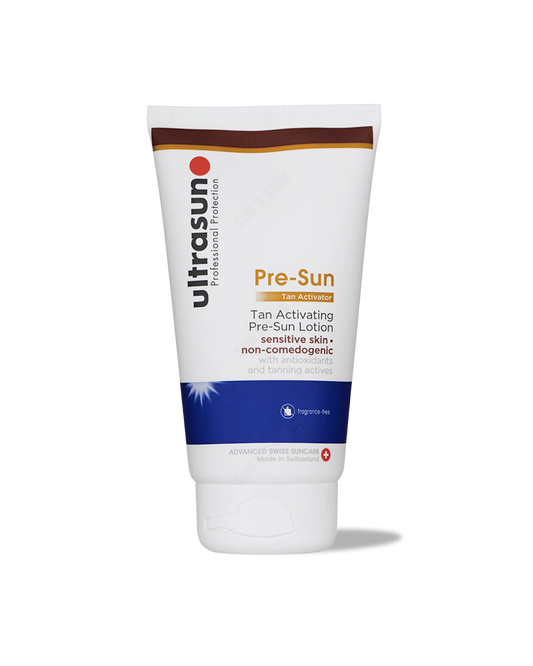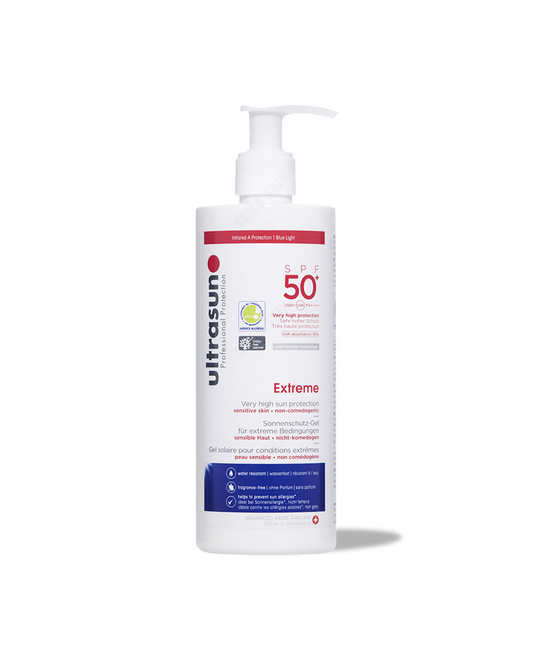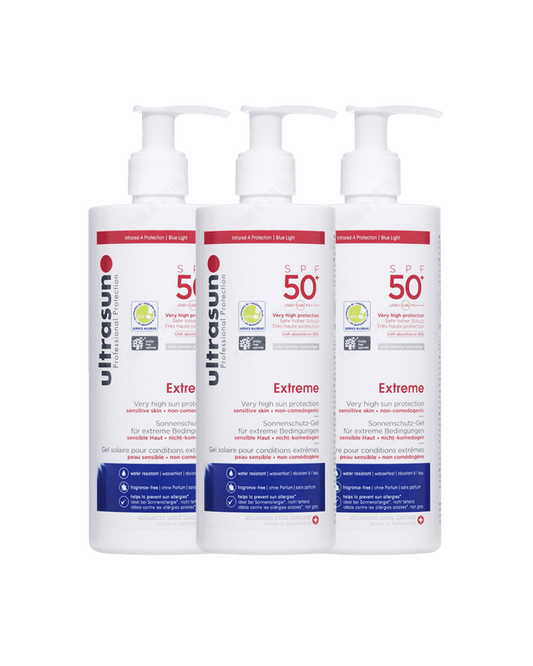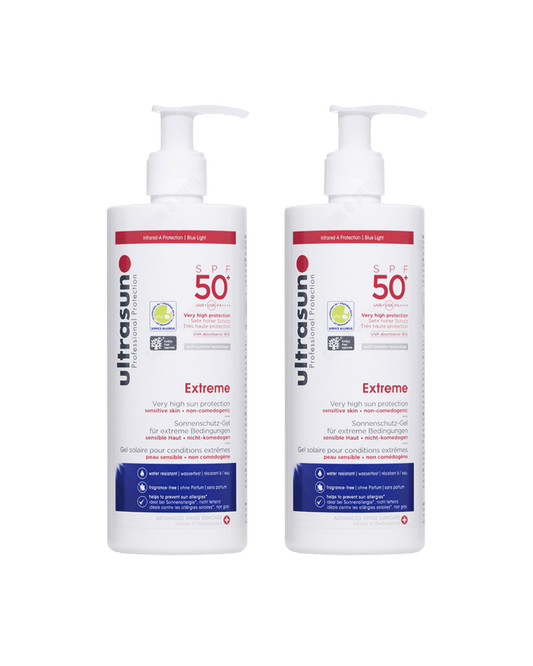Get To Know Your Skin Type
Do you know your skin type?
Understanding what your skin needs is the best way to find the most ideal products for you. When you know your skin type, you can make more informed decisions about what will help, not harm, your skin. The wrong ingredients can cause dryness, oiliness, breakouts, or irritation, while the right ones support a healthy, glowing complexion. Whether you’re building a new skincare routine or troubleshooting issues like breakouts or redness, knowing your skin type is the first and most important step.

The different skin types
Every person’s skin is unique, but most people fall into one of five main skin type categories. Here’s a quick overview:
Normal Skin: Balanced and healthy-looking. Normal skin isn’t too oily or too dry and generally has small pores, few blemishes, and minimal sensitivity.
Oily Skin: Characterised by excess sebum production. Oily skin often looks shiny (especially in the T-zone), has enlarged pores, and may be more prone to acne and blackheads.
Dry Skin: Lacks natural moisture and oils. Dry skin often feels tight, flaky, rough, or dull, and may show fine lines more prominently. It needs extra hydration and barrier support.
Combination Skin: A mix of oily and dry areas. Typically, the T-zone (forehead, nose, and chin) is oily, while the cheeks are dry or normal. This skin type needs a balanced approach.
Sensitive Skin: Prone to redness, irritation, burning, or itching, often in response to products, weather, or stress. Sensitive skin needs gentle, calming ingredients and minimal fragrance or alcohol.

How to tell what skin type you have
Are you unsure of your skin type? Answer the questions below to get a clearer picture of your skin’s needs!
1. How does your skin feel when you wake up in the morning?
A) Oily, especially around the T-zone (forehead, nose, chin).
B) Tight and sometimes flaky.
C) Oily in some areas, dry in others.
D) Comfortable, not too oily or too dry.
E) Sensitive, red, or irritated.
2. How often do you notice a shiny or greasy appearance on your skin?
A) Almost all the time, especially in the T-zone.
B) Rarely, my skin feels drier.
C) Only in my T-zone, but my cheeks feel dry.
D) Hardly ever, my skin feels balanced.
E) Not really, but I experience redness and irritation often.
3. How do your pores look?
A) Enlarged and more noticeable, especially in the T-zone.
B) Small and barely visible.
C) Larger in the T-zone, but smaller on the cheeks.
D) Small and evenly distributed.
E) Hard to tell, but my skin is often red or irritated.
4. How does your skin react to new skincare products?
A) No major reactions, but I get clogged pores or breakouts sometimes.
B) Sometimes it feels even drier or irritated.
C) Some products make my T-zone oilier and my cheeks drier.
D) No reaction, most products work well for me.
E) My skin is very sensitive and often reacts badly.
5. Which of the following best describes your biggest skin concern?
A) Acne, blackheads, and excess oil.
B) Dryness, flakiness, or tightness.
C) Both oiliness and dry patches.
D) I don’t have any major skin concerns.
E) Redness, irritation, or reactions to skincare products.
Find Your Skin Type:
Mostly A’s / Oily Skin: Your skin produces excessive oil, often resulting in shine, enlarged pores, and potential breakouts. Use lightweight, non-comedogenic products and oil-controlling cleansers.
Mostly B’s / Dry Skin: Your skin lacks natural oils, making it feel tight and flaky. Focus on hydration with rich moisturisers and gentle, non-stripping cleansers.
Mostly C’s / Combination Skin: Your skin is oily in some areas and dry in others. Use a balanced skincare routine with lightweight products and gentle exfoliation.
Mostly D’s / Normal Skin: Your skin is well-balanced with minimal concerns. Stick to a simple, consistent skincare routine.
Mostly E’s / Sensitive Skin: Your skin is reactive and prone to irritation. Use fragrance-free, hypoallergenic products and avoid harsh ingredients.
If you're still not completely sure, try these at-home tests:
1. The Bare-Faced Test
Wash your face with a gentle cleanser and pat it dry. Don't apply any skincare or makeup. Wait an hour and check your skin:
- If your skin feels tight and flaky, you likely have dry skin.
- If your T-zone looks shiny, but your cheeks are normal or dry, you likely have combination skin.
- If your whole face looks shiny and greasy, you likely have oily skin.
- If your skin feels comfortable, with no excess oil or dryness, you likely have normal skin.
- If your skin becomes red, irritated, or itchy, you likely have sensitive skin.
2. The Blotting Sheet Test
Take an oil blotting sheet (or tissue paper) and press it onto different areas of your face:
- If the sheet picks up oil from all over your face, you likely have oily skin.
- If there’s little to no oil on the sheet, you likely have dry skin.
- If oil appears mostly on the T-zone but not the cheeks, you likely have combination skin.
- If there’s only a small amount of oil evenly distributed, you likely have normal skin.
- If your skin turns red or irritated after blotting, you likely have sensitive skin.
Finding the best products for your skin type
Once you’ve figured out your skin type, choosing skincare becomes much easier. Here's a basic guide on what ingredients to look for and avoid based on your skin type, plus expert product picks curated by Consultant Dermatologist Dr Adil Sheraz.
NORMAL SKINLook for:
Avoid:
Browse Dr Adil's picks for NORMAL SKIN. |
COMBINATION SKINLook for:
Avoid:
Browse Dr Adil's picks for COMBINATION SKIN. |
DRY SKINLook for:
Avoid:
Browse Dr Adil's picks for DRY SKIN. |
OILY SKINLook for:
Avoid:
Browse Dr Adil's picks for OILY SKIN. |
SENSITIVE SKINLook for:
Avoid:
Browse Dr Adil's picks for SENSITIVE SKIN. |
